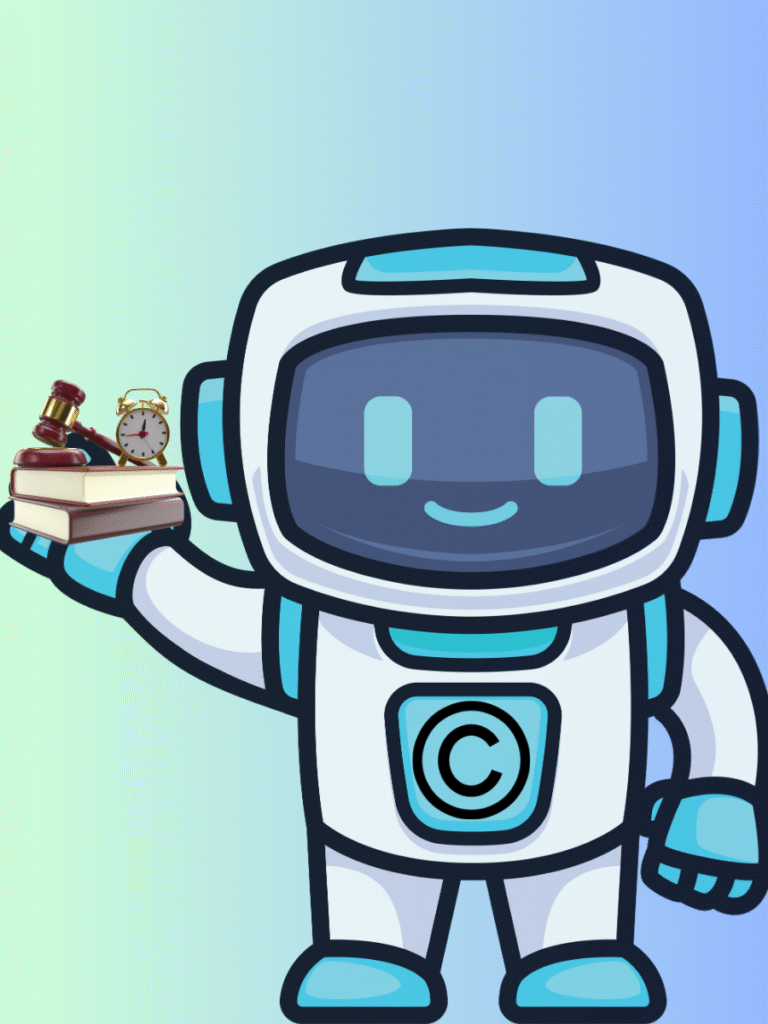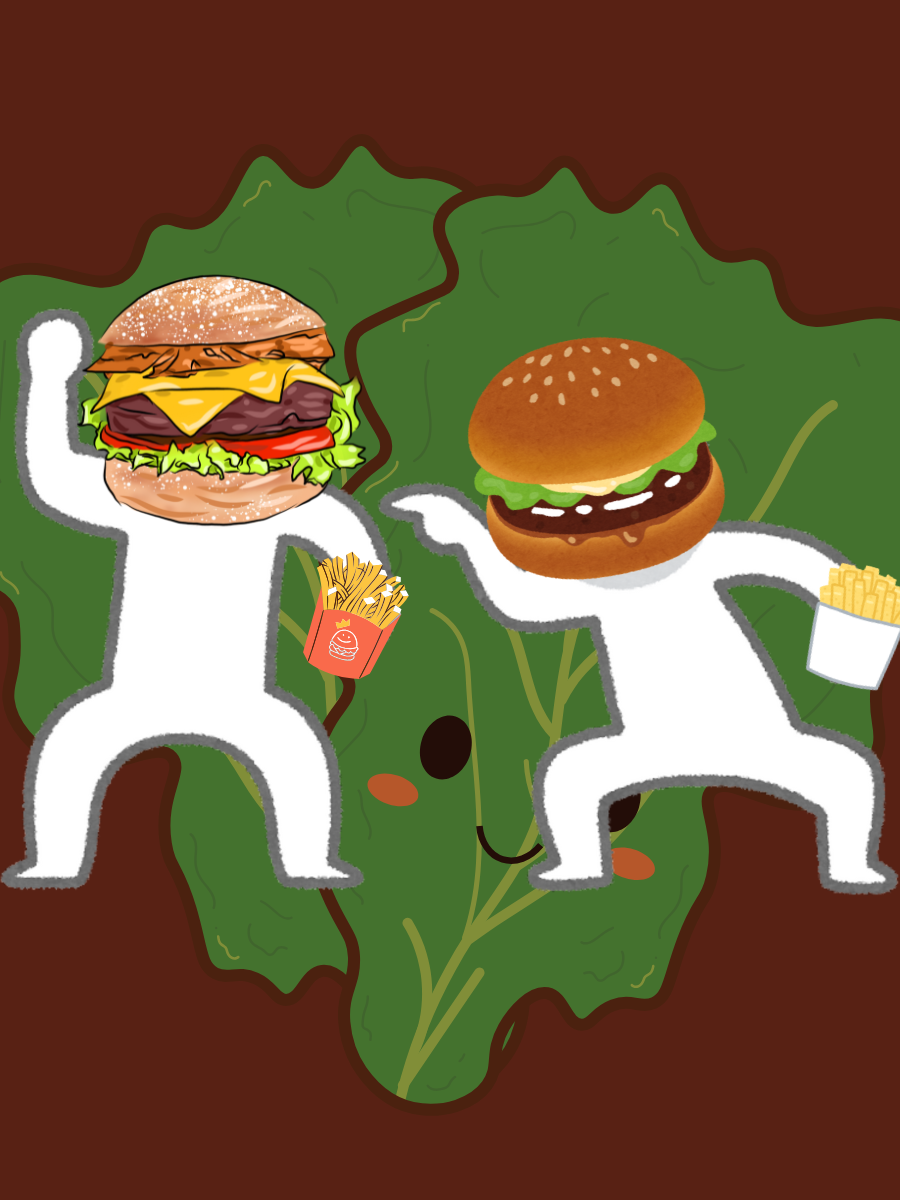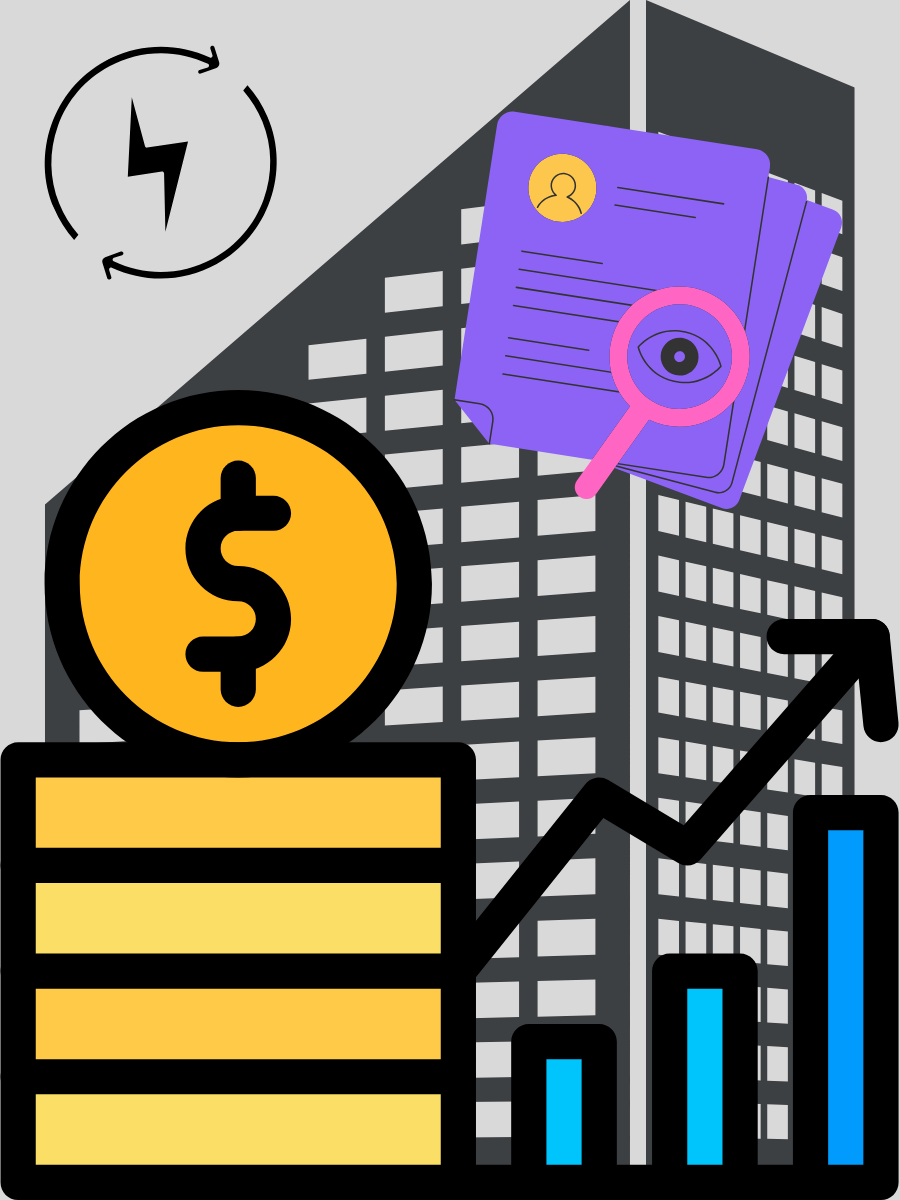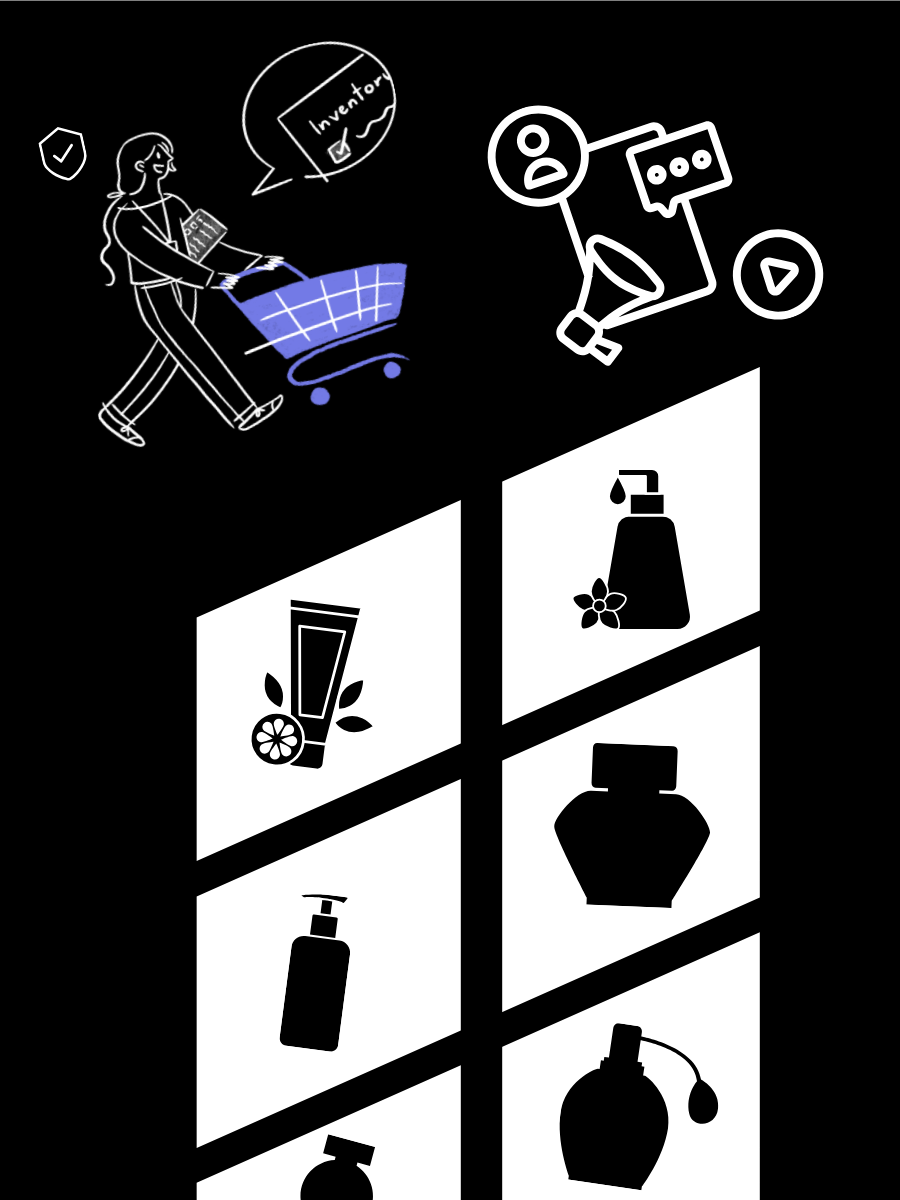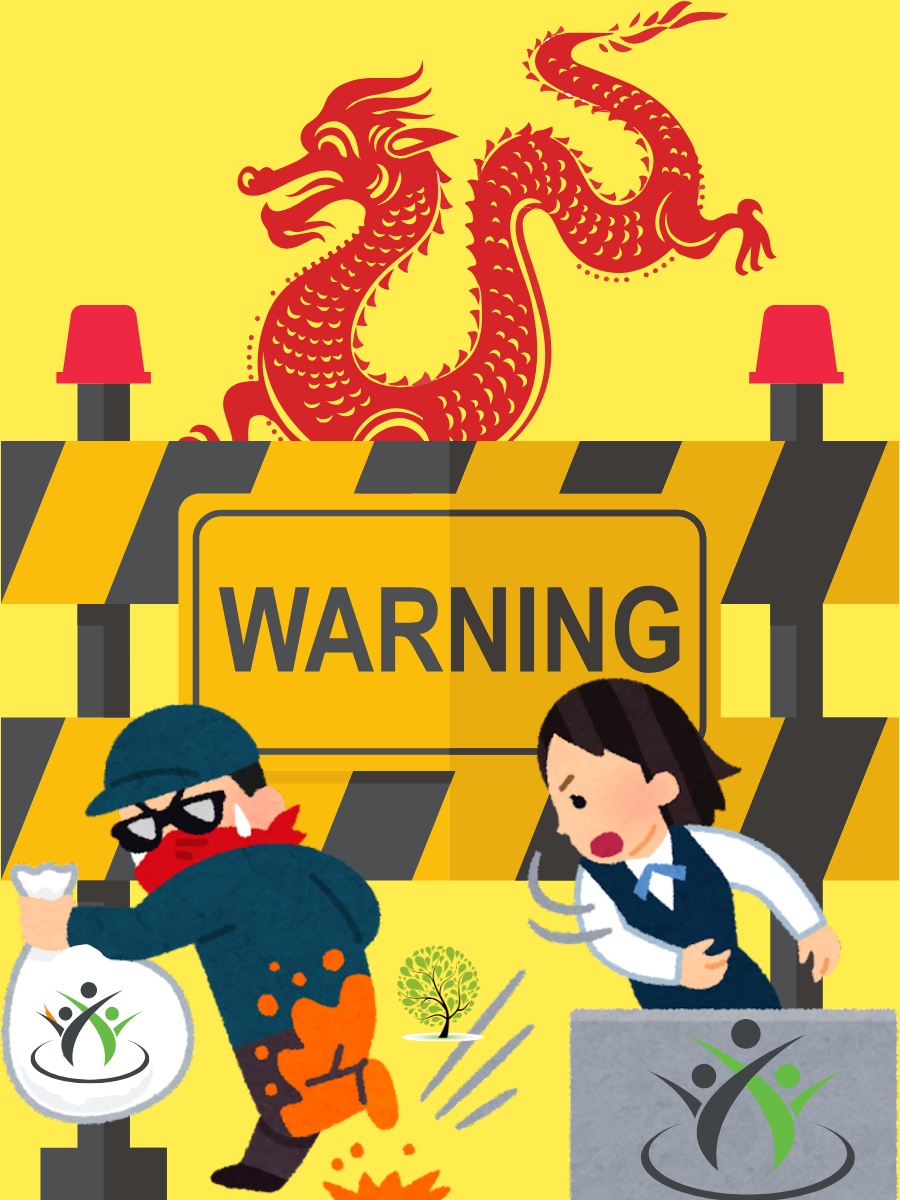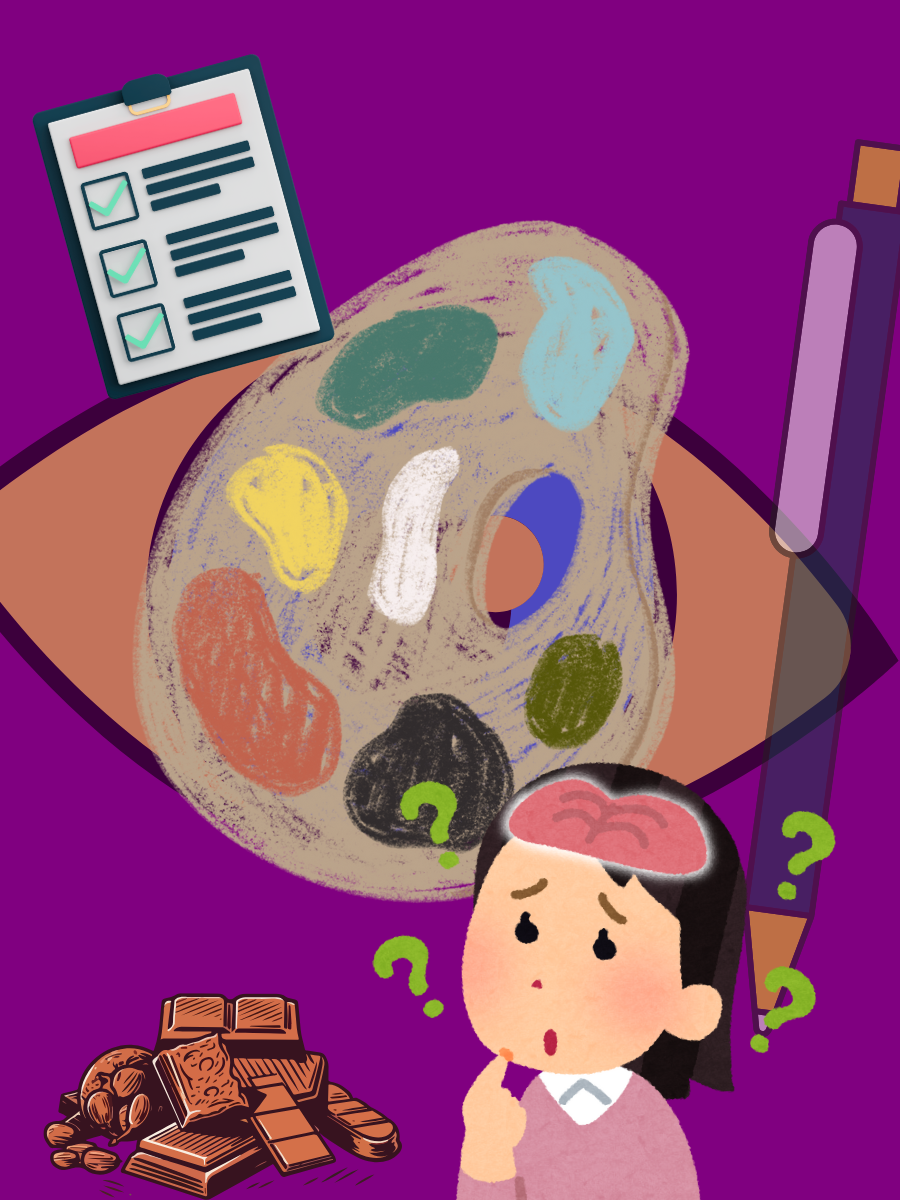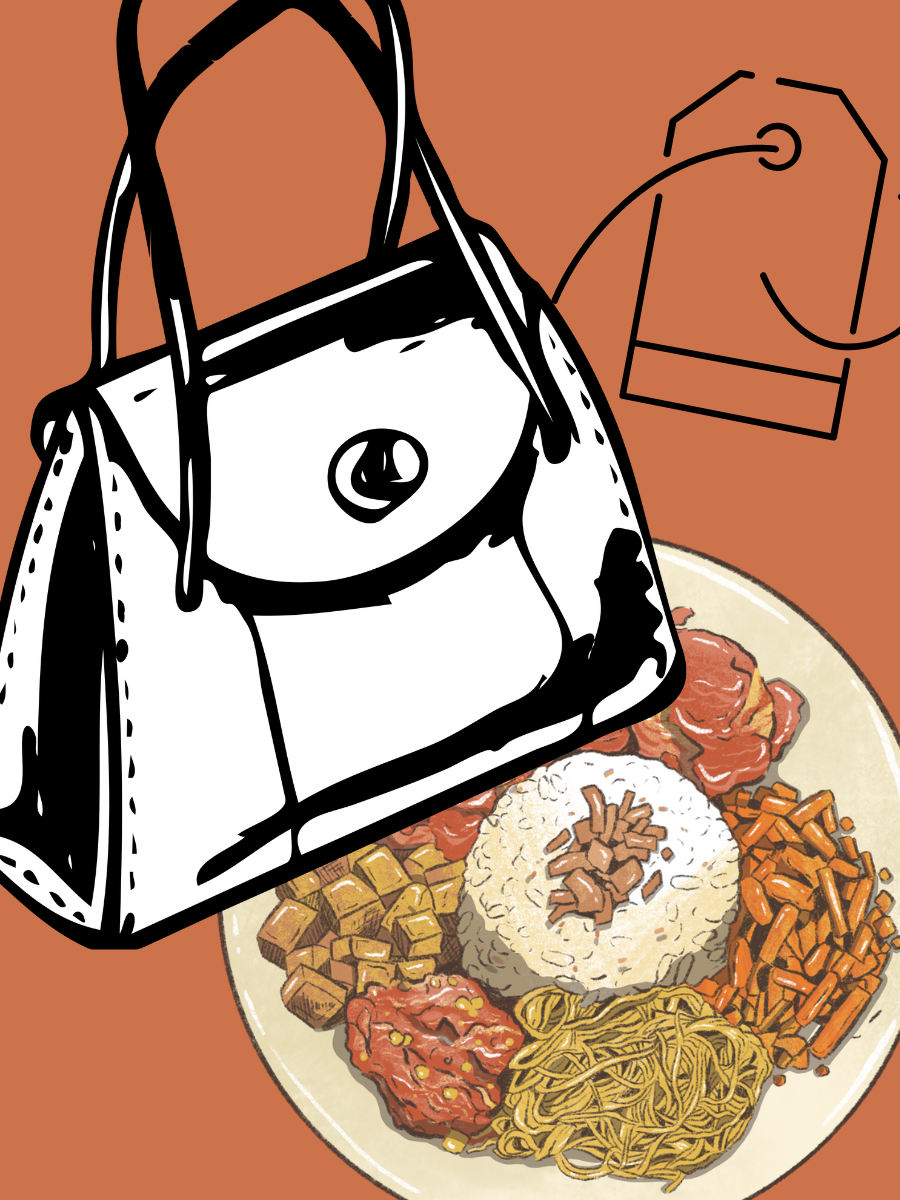Introduction
Copyright is a form of intellectual property (IP) and an economic right granted to intellectual creations of the human mind, protecting original works of authorship. In today’s age of rapid technological change, the debate of copyright law vs AI raises urgent questions about who holds the creative rights. The author, hence, possesses the exclusive right to exploitation of their work, which includes production, reproduction, distribution, publication, and other forms of commercial gains.
This article aims to explain the concept of copyright, tracing its brief history, the evolution of its various components and lastly a debate on the new legal challenges it faces in the age of artificial intelligence (AI).
Copyright law—legal shield of artists cracking against AI vigilantism
Art blesses the common cultural heritage of humanity. Practically, we can exist without it, but will we exist then? Without the expression of ourselves?
But not everyone expresses it; only those who are patient enough to observe the absurdities of life dare to do so. That is the artist. Most of us just bask in the light, while the artist torments and burns himself to produce that warmth. We stand back looking, appreciating, and critiquing the artist while he bleeds emotion into form. That is the burden of being an artist.
Victor Hugo, the famous author of Les Misérables, deeply understood this artistic suffering, and hence actively supported the formulation of laws to protect the creative pouring of minds. He delivered two famous speeches at Congrès Littéraire International held in 1878 in Paris, discussing copyright laws and possibilities for the public domain, which eventually led to the formulation of the Berne Convention for the Protection of Literary and Artistic Works (1886). Copyright laws in those days offered limited protection and couldn’t foresee AI’s current vigilantism that alters and threatens the artistic field, but they began shaping a legal shield.
What are Copyright laws?
“The author’s right was the most sacred form of property: unlike other property rights, it impoverished no one, because it was over something that was entirely new” – Victor Hugo
Copyright grants an economic right to the intellectual creations of the human mind, protecting original works of authorship. The author hence possesses the exclusive right to exploitation of their work, which includes production, reproduction, distribution, publication and other forms of commercial gains.
Copyright law protects:
- Literary works
- Musical compositions
- Cinematography
- Artworks
- Architectural designs
- Digital works
- Dramatic works and choreography
- Sound broadcasting, among others.
Essentially, it protects anything that is an artistic expression of the human mind. But that is one of the essential conditions of copyright law, that it doesn’t protect the idea itself, but the tangible expression of it.
What are the Components of Copyright laws?
Copyright law is not a simple singular legal metal; it carefully constructs a legal shield composed of multiple interlocking components. How effectively it functions depends upon each element playing its part in harmony. These components are:
- Economic Rights: These are the commercial rights that allow artists to earn from direct sales of their work or any transformative or derivative uses inspired by it. The author can distribute these rights separately and earn in diverse ways, such as licence fees, royalties or other commercial arrangements.
- Moral Rights: Moral rights are distinct as they do not possess any economic quality; rather, they serve as a form of protection to the quality or the legacy of the work. Despite selling all economic rights, the author can retain these moral rights that guard the reputation and integrity of their work. These rights also include the right to attribution (named as the author) and cannot be waived in many legal systems.
- Duration: Post mortem auctoris, which is Latin for “after the author’s death”, sums up the period of copyright laws, which in most countries is the author’s lifetime plus 50 years. 50 years is the floor set by the Berne Convention and can extend up to 70 years in countries like the U.S.A. After the end of this period, the copyright dissolves and the work enters the public domain.
- Contractual Rights: These are agreements between the author and other parties, like publishers, production houses, studios, etc., that detail the terms and conditions regarding the use of the work. An artwork created in the course of employment is generally attributed to the employer and is under their copyright.
- Public Domain: Another essential feature of copyright law is that it does not last forever; it ends to allow art and knowledge to enter the public domain for free access, appreciation, and inspiration.
- Doctrine of Fair Use: This is perhaps the most intricate component, which legally allows infringement of copyrighted works for :
- Education and research
- Commentary and criticism
- News reporting
- Parody and satire
- Personal use
It is inherently subjective and depends heavily on context and judicial interpretation.
Initial Battle vs Now
When copyright laws were first conceptualized, infringement mainly involved unauthorized publication of works across countries. These acts were often beyond the reach of bilateral treaties. With the advent of the internet, mass dissemination of works became harder to control. Despite this, infringement crimes remained punishable. Copyright laws punish infringement attributed to a human. Legal remedies included seizure of copied products, copyright strikes, payments of damages and compensation, future bans, and, in the most serious cases, imprisonment.
However, the rise of AI presents an unprecedented challenge. AI models can access massive databases and can algorithmically imitate any art form or style, including the works of artists whose creations have not yet entered the public domain. The recent viral trend of OpenAI’s “Ghiblification” of photos brought this topic to a boiling point, forcing nations to reconsider and possibly reform their copyright laws in light of AI’s expanding capabilities.
Firstly, the question arises does copying an art style even qualify as copyright infringement? Many copyright laws only protect the specific expression of an artwork, not the broader art style, technique, methods or artistic approach, as that would limit the scope of art for other creators.
For instance, Miyazaki’s work is much more than just pastel colours and whimsical characters. They hold value in the whole storytelling, the pace, and the symphonic alignment between visuals and sound. Most courts have held that the use of a similar art style is not sufficient grounds for copyright infringement.
However, in the case of OpenAI, the counter argument presented is that while the art style per se may not be copyrightable, and the AI doesn’t directly lift off from the frames of Miyazaki’s work, the AI-generated work closely mimics the original in colour, composition and distinctive visual motifs. It was marketed as “Ghibli-art,” which not only blatantly infringes the copyrighted material but also attempts to exploit the nostalgic reputation of the Ghibli studio, qualifying as trademark infringement.
Secondly, OpenAI defended its position on the grounds of fair use. Fair use permits the use of databases and copyrighted works for training AI models. Sam Alton, CEO of OpenAI, expresses concerns about the ‘AI race’. He warns that stricter copyright rules could slow innovation. Licensing with separate artists, tracking AI models imitating existing art styles, and constant legal disputes are increasing the cost of AI training. If art is not used for common cultural growth, then it becomes too niche and loses connection with its audience.
AI infringement cases have few legal precedents. They are only now beginning to surface. This situation leaves many jurists conflicted. Recent cases like Getty Images vs. Stability AI and Walt Disney vs. Snapchat highlight similar issues involving the use of copyrighted works for AI training.
The elephant in the room is that OpenAI benefited from the event through PR, self-submitted image data, and platform fees. If it benefited clearly, OpenAI and others alike cannot be given a free rider pass. They need to have some obligation.
However, another issue persists. Even if OpenAI itself doesn’t directly feed the data, the user can provide samples and create their own AI that imitates the style of any artist with a few clicks. In that sense, ChatGPT just becomes a tool, not the creator itself. Most artists develop distinctive styles through years of hard work, but easy imitations saturate the market and threaten their income.
Therefore, as the vast network of users expands globally, how does one maintain accountability and transparency? How many contracts must be signed with individual artists? How feasible is it to track, monitor, and licence every AI output that imitates? A long list of questions remains.
Conclusion
In a battle for innovation vs creativity, ultimately, which one will be allowed to suffer? AI is taking over art; the artist himself has to adapt. New legal frameworks must emerge, following a model similar to musical licensing. These frameworks should empower artists to actively license their work for AI training. This will ensure that artists give consent and receive compensation. For example, countries like Japan permit the use of copyright materials for AI training unless it affects the original work. Meanwhile, China implemented stricter policies in 2023 that prohibit using copyrighted content without explicit authorization or license. Overall, the whole copyright system needs to be re-evaluated from newer perspectives.
AI is acting autonomously, disrupting systems like art and copyright without accountability or consent, almost like a rogue enforcer. If AI is allowed to copy blatantly, the space will be filled with cheap renditions of talented artists. The sacredness of art is itself at stake.
References
- https://www.researchgate.net/publication/361775129_Victor_Hugo_Betrayed_The_Domain_Public_Payant_as_intended_in_the_19th_Century_and_as_implemented_today
- https://www.forbes.com/sites/matthewerskine/2024/07/18/protecting-an-artists-creative-legacy-in-the-digital-age/
- https://www.deccanchronicle.com/southern-states/andhra-pradesh/ghibli-art-takes-over-social-media-sparks-ai-copyright-debate-1870039
- https://www.boomlive.in/law/openai-chatgpt-imitates-studio-ghibli-style-for-social-media-photos-28240
- https://www.theippress.com/2025/03/31/ghibli-ai-art-and-copyright-the-copyright-dilemma-of-ghibli-style-creations-and-the-looming-legal-battles-ahead/#:~:text=The%20fair%20use%20doctrine%20considers%20factors%20such,and.%20*%20The%20effect%20on%20the%20market
- https://www.reuters.com/legal/getty-images-lawsuit-says-stability-ai-misused-photos-train-ai-2023-02-06
- https://www.thewrap.com/snapchat-sued-over-perverted-disney-images

